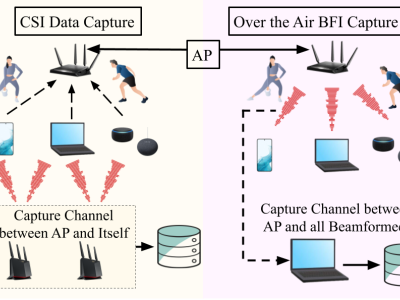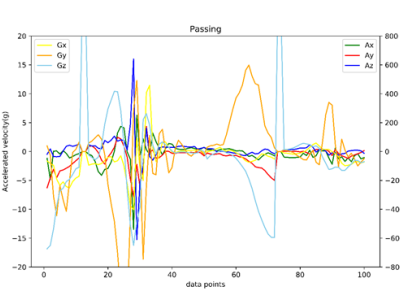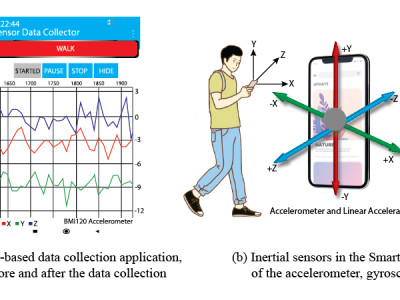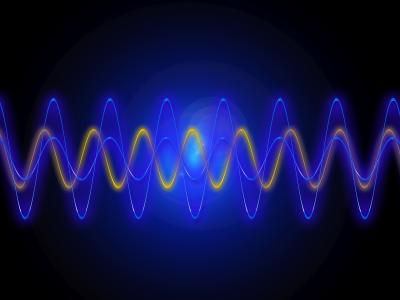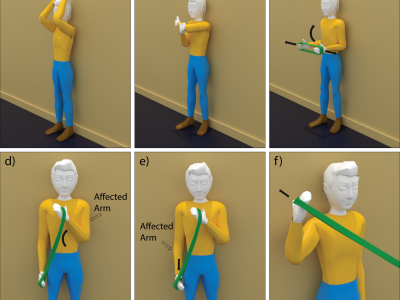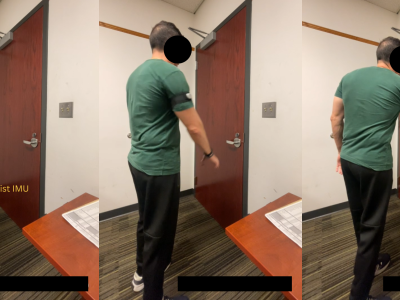
The GestDoor dataset contains wearable sensor data collected to support research in biometric authentication through arm movements during door-opening interactions. Using two 6-degree-of-freedom (6-DOF) inertial measurement units (IMUs) worn on the wrist and upper arm, 11 participants performed four types of door-opening tasks—left-hand pull, left-hand push, right-hand pull, and right-hand push—across up to three sessions. The dataset includes 3,330 samples comprising accelerometer and gyroscope signals at 100 Hz, along with session metadata.
- Categories:
